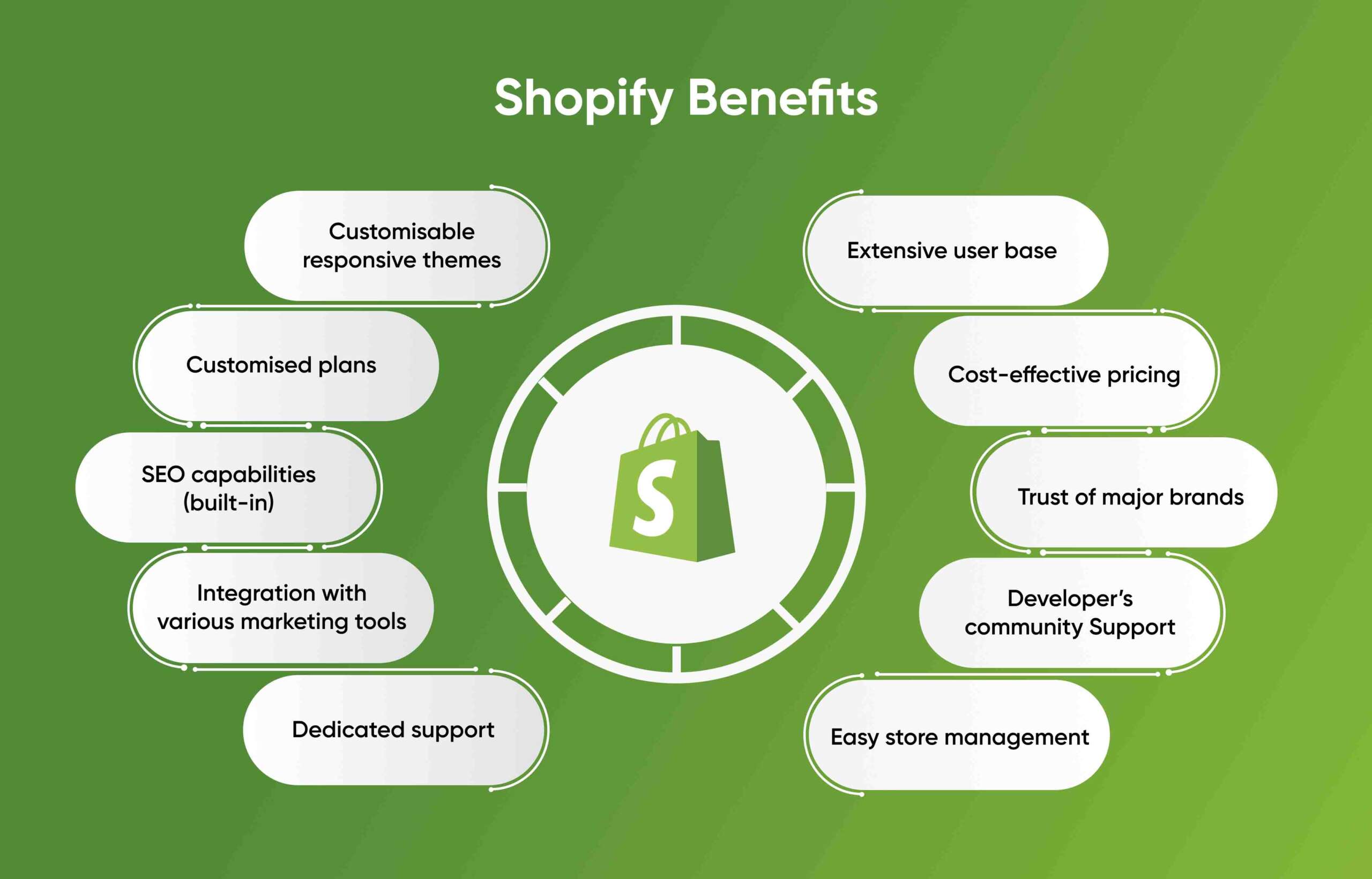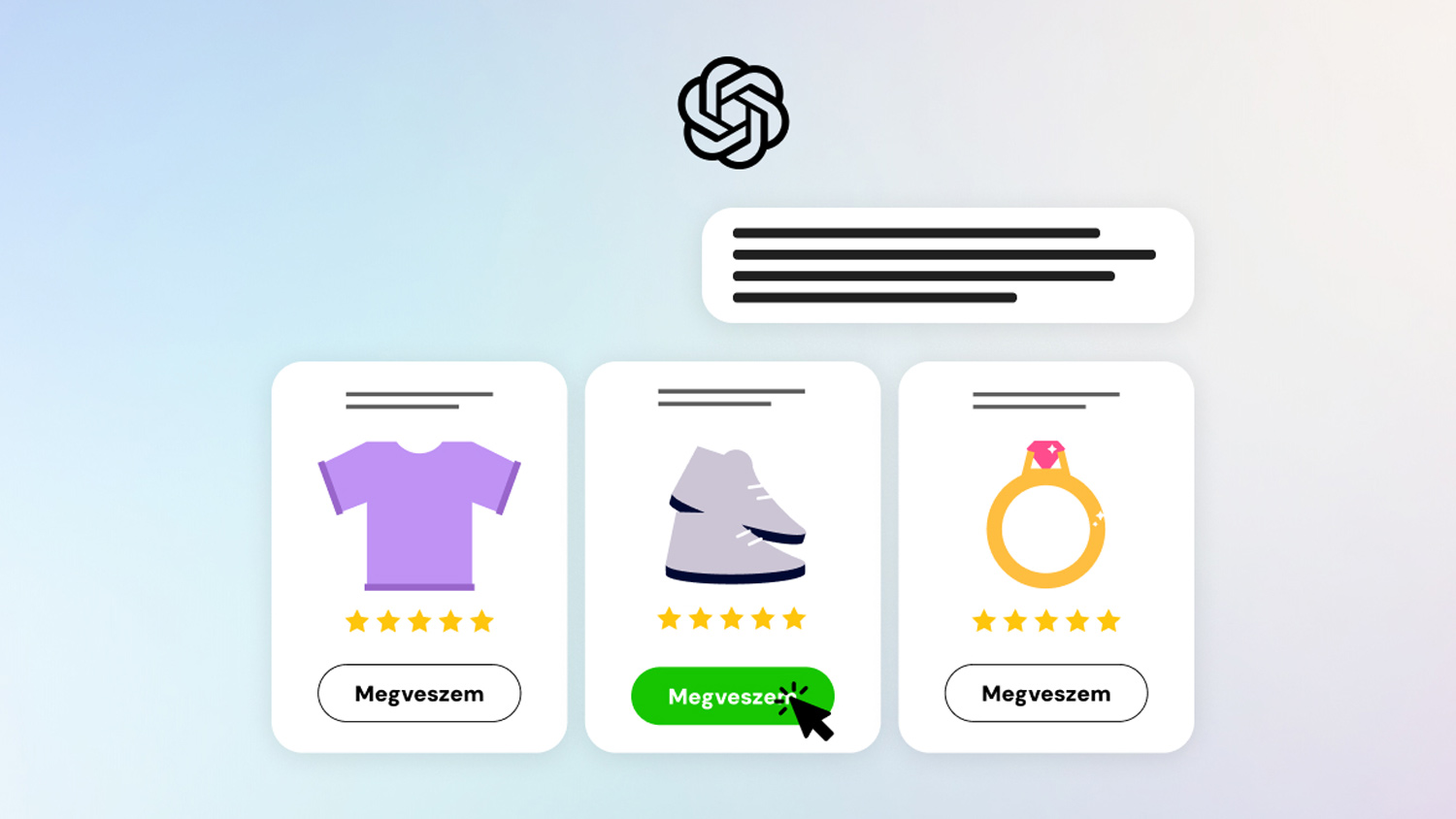Shopify's European Ascent: Why the E-commerce Giant is Thriving Across the Continent

In August, Shopify published its quarterly results. There’s nothing out of the ordinary in this; all publicly traded companies have to do it. What’s extraordinary is the 31% revenue growth that they achieved. For us, in Europe, it was even more important to notice that a considerable part of that growth was coming from the old continent.
As Jeff Hoffmeister, Chief Financial Officer of Shopify, said, “Europe was a particular source of strength, where GMV grew 42% on a constant currency basis.” He also added that “Merchants of every size—from first-time founders to global brands—are choosing Shopify to grow their businesses and their success is what is driving our success.” And this is becoming increasingly true for European business owners as well.
European e-commerce boom propels Shopify’s growth
Like many other geographies, Europe presents an excellent opportunity for e-commerce. According to the European E-Commerce Report 2024, the number of e-shoppers is still growing at an outstanding rate. The percentage of the population between ages 16 and 74 who bought goods or services online rose from 62% to 72%. Based on Eurostat’s data, some of the most affluent countries (Ireland, the Netherlands, and Sweden) are already around 90% when it comes to online shoppers. Still, other countries are also getting there fast.
E-commerce will almost double in the next 5 years
No wonder Forrester predicts that “e-commerce sales across the Europe-5 economies — France, Germany, Italy, Spain and the UK — will grow at a compound annual growth rate (CAGR) of 7.8% over the next five years, increasing from €389 billion in 2024 to €565 billion in 2029.” They also mention that “European retailers should consider investing in advanced digital platforms,” adding that “getting customer experience right in both online and offline realms will dictate market dominance in the next decade.”
And here is precisely where Shopify comes in, as it is ready to give a quick and simple solution for all entrepreneurs looking for online growth.
Shopify USPs: Quick to launch, ready to be customized, optimized for conversions
Shopify’s mission is to “make commerce better for everyone”, and to achieve that, they created a system that excels with its ease of use.
Launch a website in minutes
Shopify webstores are (almost) instantly ready to launch, at a relatively low price. These benefits are especially important for many small businesses and entrepreneurs who want to start or scale their online operations. It also runs on its own cloud infrastructure, which, apart from simplicity, also brings high availability and performance, compared to other solutions like WooCommerce, which can run into scalability problems. (See our case study about Zhao Zhou Tea to see how Shopify can solve a problem like that.)

Fully customizable for any brand's needs
Their system also makes full customization possible, which is often especially important for companies in industries where outstanding branding is essential, or for entrepreneurs who really want to differentiate themselves. Users who are great with design can do this themselves, but Shopify also has a vast array of agencies, like Color and Code, who are ready to elevate unique design and support to the next level. These solutions all support Shopify’s outstanding growth.
A checkout page that converts
There’s another thing that stands out from other solutions, namely their checkout process that has been tuned for best-in-class conversions. Every change Shopify makes is to streamline this crucial part of the shopping experience, to ensure that customers buy the products that they’re putting in their shopping carts. This includes easy payments, shipping, and handling. This isn’t just an excellent experience for the customer, but also for the shop owner, since it simplifies everything for them.
Meeting local needs, better than others
Another one of Shopify's core strengths in Europe has been its commitment to localization. This goes far beyond simply translating its platform into different languages. They have invested heavily in understanding the nuances of each European market, tailoring their offerings to meet specific regional needs.
Payment methods are crucial
European consumers and businesses use a diverse set of payment methods, from traditional credit cards to regional favorites like SEPA Direct Debit, iDEAL, Giropay, and Sofort — each available in specific countries. In addition to PayPal, quick checkout options such as Apple Pay and Google Pay can be enabled through Shopify Payments. With Shopify Payments, and the accelerated checkout option Shop Pay, Shopify integrates local and global payment methods depending on the merchant’s location. This significantly reduces friction for merchants and their customers, making it easier for businesses to accept payments and for consumers to complete their purchases.
Shipping and logistics to make life easier
Just as payment can be complex, shipping can also be complex, especially when it comes to cross-border selling. Shopify has worked to integrate with local and regional shipping carriers, offering merchants a wider choice of options and enabling them to optimize delivery times and costs. The biggest international carriers are often integrated directly by Shopify, while local service providers are available through third-party plugins. This focus on logistics helps merchants provide a better customer experience, which in turn drives repeat business and loyalty.
Partnerships with agencies and developers
Shopify also realized that they can’t do everything themselves, and that’s why they cultivated a strong network of local agencies and developers who specialize in building and optimizing Shopify stores. Color and Code is also part of this partner network, which helps users make their e-commerce sites even better. Shopify also offers a wide set of plug-ins that are easy to install and use, adding extra functionality to webstores based on the local and specific needs of entrepreneurs. As of today, there are over 13,000 of these apps, and as Shopify puts it, these can help add “whatever specialized features you might need.”
What’s more, Shopify also announced that they are partnering with OpenAI to integrate instant checkout into ChatGPT. Very soon, customers will be able to purchase products from Shopify merchants directly through their conversations with ChatGPT. This will further strengthen Shopify’s leading position in the e-commerce space.
Related posts

Related posts

Unlock Growth: 5 Reasons to Choose an Eastern European Shopify Agency for Your Custom Store

ChatGPT is coming for e-commerce - Where does that lead us?

Shopify Summer Editions ’25: New Horizons in e-commerce
Why do we recommend Shopify?
Shopify is one of the most scalable, feature-rich, and fastest-growing e-commerce platforms. Trusted by over one million e-commerce businesses in 175 countries worldwide, it provides the tools and flexibility needed to succeed in the digital marketplace.


Ideal solution for both Small and Large Businesses with high traffic


